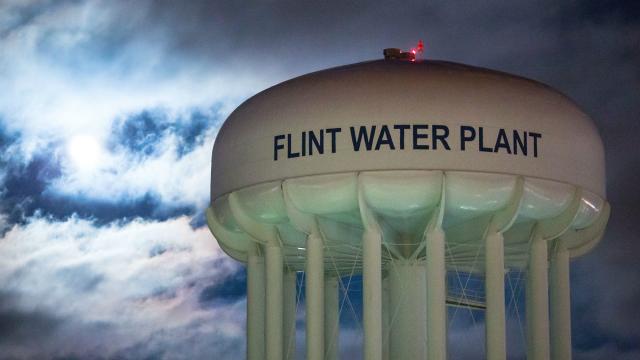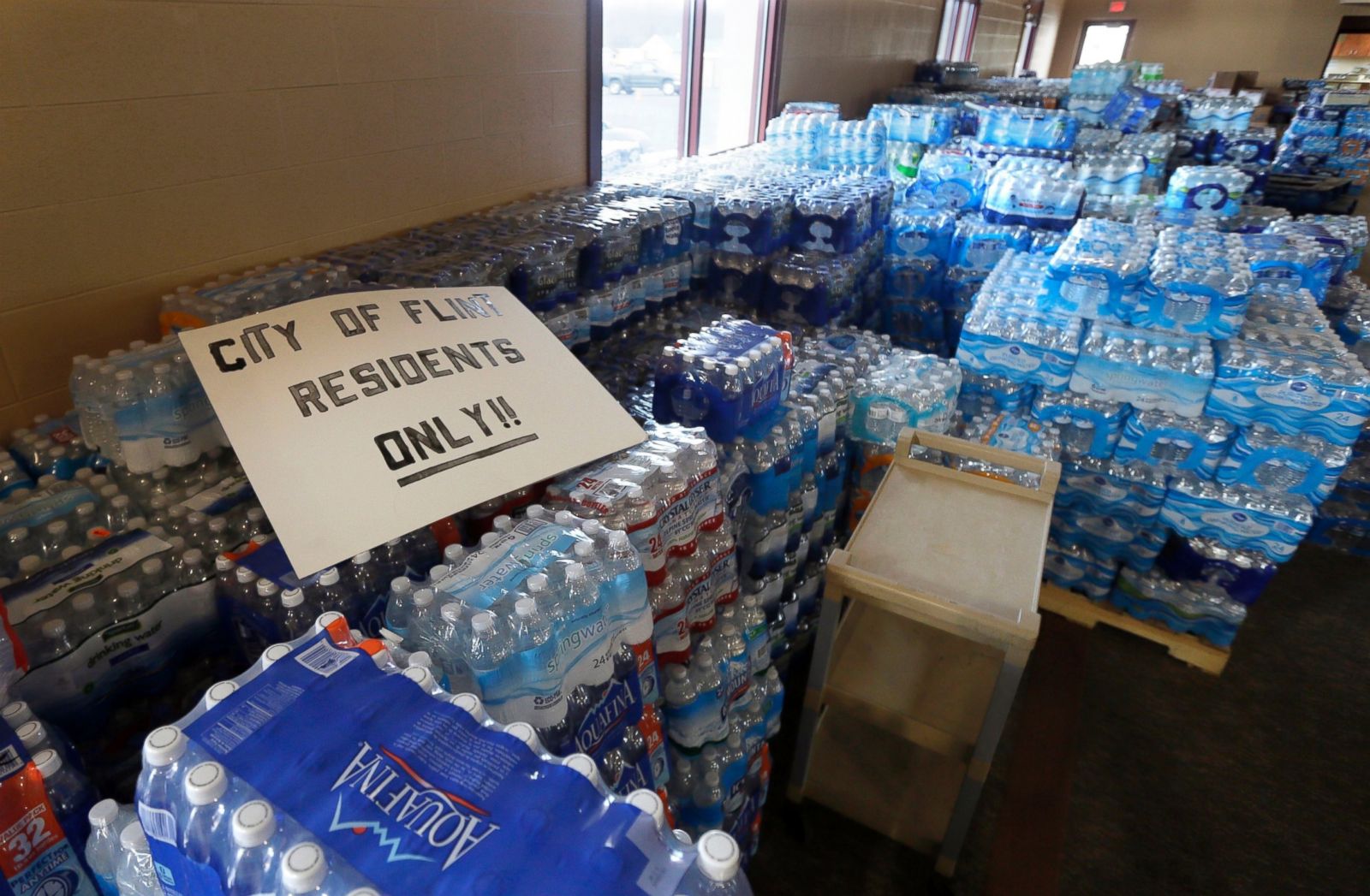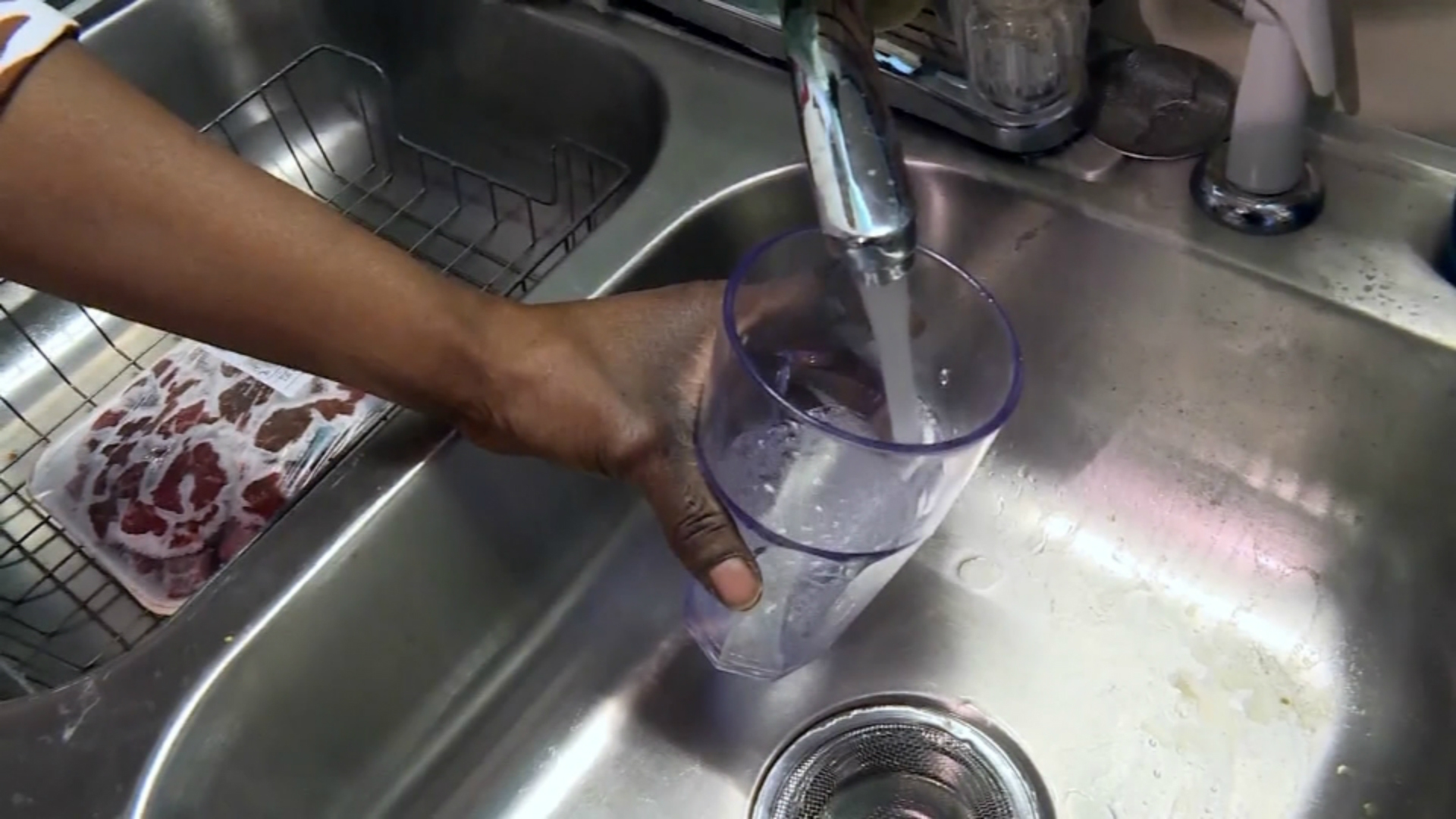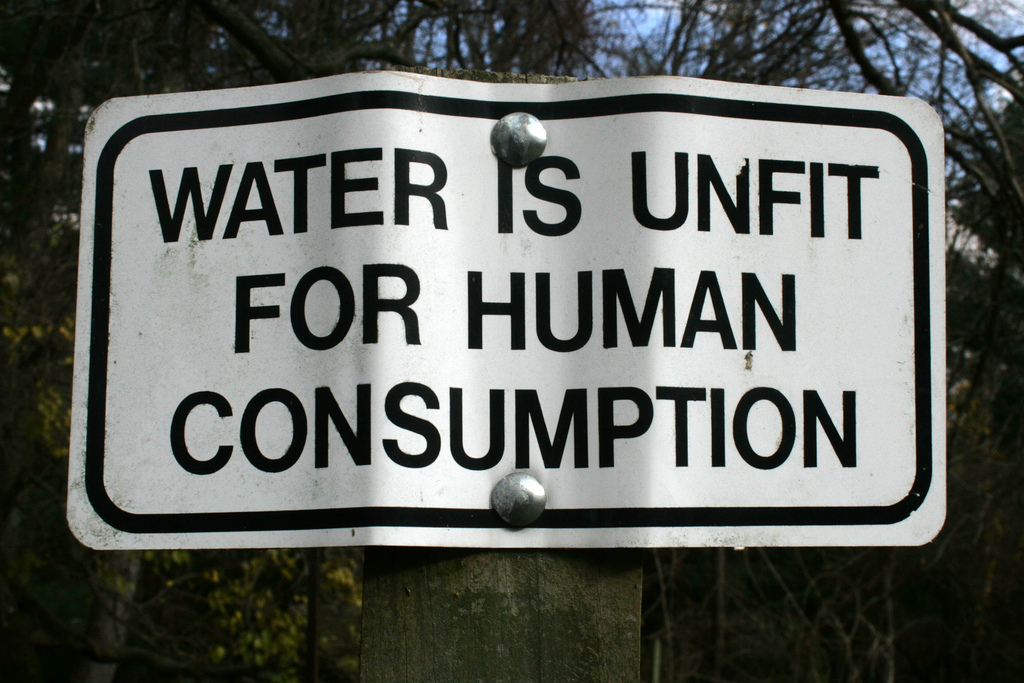
The water infrastructure in our country is over 100 years old, so an upgrade is long overdue. The American Water Works Association estimates that replacing the obsolete water infrastructure in the country would cost at least $1 trillion. All the public attention to the water infrastructure was occasioned by the recent water crisis in Flint, Michigan. While the incident was tragic, it opened the nation’s “eyes” to the little known water infrastructure problem being experienced across the United States. It also drew anger and emotions, which are the key drivers for change.
To learn more, checkout the infographic (below) created by Eastern Kentucky University’s Online Safety degree programs.
Water Piping Infrastructure
The existing water pipes used to supply water to homes, businesses, schools and commercial buildings were installed at different times and were made from different materials and manufacturing techniques. Therefore, they have different life expectancies. Cast iron pipes have a lifespan of around 120 years and were introduced in the late 19th century. On the other hand, ductile iron pipes have an average life expectancy of 50 to 70 years and were introduced in the 1950′s.
The water pipes used in many cities across the United States were installed between 70 to 90 years ago. In Washington DC, the average age of existing water pipes is 77 years. This is a real shame considering that the United States is the most developed country in the world as well as the richest nation on the planet, but it’s not able to deliver clean drinking water to it’s citizens safely and efficiently. Take the case of Flint, MI, where the city supplied dirty water contaminated with unbelievable quantities of lead. This was a classic example of areas in which the country is lagging behind. Every single year, an average of 240,000 water breaks are reported. The cost of repairing these broken pipes is incredibly high. In fact, 75% of the cost of drinking water can be attributed to pipe repair costs. On average, 1.7 trillion gallons of water is wasted every year due to broken pipes and lack of pipe replacement.
America’s Water Infrastructure is Falling Apart
Currently, there are 156,000 public water systems that provide clean drinking water to around 320 million people through 700,000 miles of piping crisscrossing the country. According to the American Water Works Association, 40% of the country’s water infrastructure is considered poor. The American Society for Civil Engineers has given the United States a D+ grade for the poor state of its water infrastructure. This is shocking considering the country is a first-world country. In February, 2015, over 100,000 gallons of water leaked into area streets of Hollywood Hills, CA. This was a huge wastage that was blamed on obsolete plumbing, and it cost the city a lot money. Local residents were also adversely affected since they did not have water in their taps for several days.
Fixing Our Water Infrastructure
An investment of more than $1 trillion is needed to improve the buried water infrastructure nationwide over the next 25 years. This is if pipes are replaced at the end of their useful life. Replacement needs account for 54% of the national investment with 46% going to expansion of new pipes. This ensures that more communities get clean drinking water while obsolete water supply lines are replaced at the same time.
According to the EPA, the United States needs to invest around $384.2 billion over the next 20 years to ensure continuation of safe water supply. In January 2016, Mark Dayton, the governor of Minnesota, unveiled an ambitious plan for modernizing the states aging water supply by investing $220 million to fix pipes and plants that treat the state’s drinking water and sewage. This is the most ambitious effort in recent history that is aimed at fixing the aging water infrastructure in the country. It is important to note that for decades, lead pipes were used to supply drinking water, but the material has now been declared unsuitable because it is known to contaminate water with heavy doses of lead, which is incredibly harmful to the human body. For instance, long-term exposure to lead can reduce a child’s ability to learn as it affects the development of the nervous system and brain. In adults, long-term exposure to lead can increase the risk of kidney damage and high blood pressure. That is why the case in Flint, Michigan, got a lot of nationwide coverage.
In Lansing, Michigan, the Board of Water and Light has replaced over 13,500 lead water pipes in an ambitious $42 million project whose implementation began in 2004. Currently, there are only 650 pipes to go. This is one of the many projects that are nearing completion and a case study for other local authorities to emulate. An investment in new infrastructure is a sound one because it not only ensures that local residents get clean drinking water over the next century, but also reduces repair costs and wastage of water resulting from pipe breaks. In the long term, therefore, both the government and local residents will get many benefits.
Buchanan County, Virginia, is one of the 10 local governments to receive a total of $500,000 from the Environmental Protection Agency (EPA) through the Water Community Assistance for Resiliency and Excellence program, commonly referred to as WaterCARE. The program is meant to help small communities in upgrading their water systems. To qualify for WaterCARE, a community must have a population of less than 100,000 people. The funds provided by the EPA are only meant for capacity building, not the actual infrastructure development. The community must also have below-average median household income and a need to address public health challenges. WaterCARE basically supports communities in developing financial planning strategies for wastewater and drinking water infrastructure development and management.
While there are many projects being implemented across the United States, the country still has a long way to go in terms of ensuring that every citizen has safe drinking water over the next 100 years. More water infrastructure improvement projects are currently underway and others are still being debated by local authorities.
3 WAYS TO SHOW YOUR SUPPORT
- Log in to post comments



















